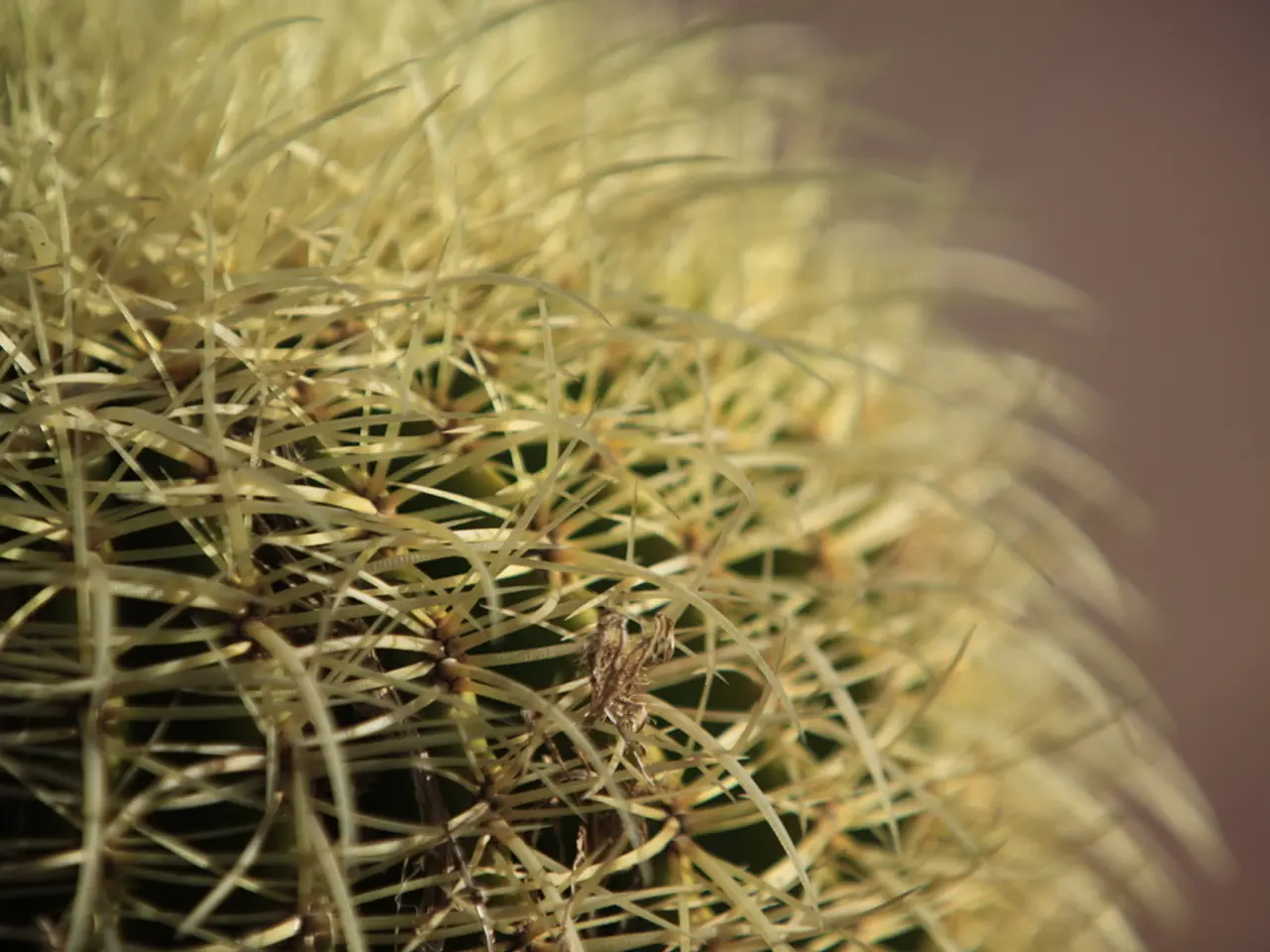Chest deformity known as Pectus carinatum: Characteristics, origins, and remedies
Pectus Carinatum, often referred to as pigeon chest or keel chest, is a relatively uncommon chest wall deformity that affects around 1 in every 1,500 children. This condition causes the breastbone to protrude outward, and while it primarily presents a visual concern, it can also lead to physical discomfort and functional impairments.
The deformity is caused by the abnormal development of the cartilage that connects the ribs. In most cases, the health of the child is not affected, but they may experience symptoms such as chest tenderness or mild discomfort, shortness of breath during exercise, fatigue, and reduced stamina. In some rarer cases, the deformity can exert pressure on the heart and lungs, potentially causing chest pain and more pronounced respiratory or cardiovascular symptoms.
Pectus Carinatum is the second most common chest abnormality seen in children. The standard treatment approach for those with a mild to moderate form of the condition is orthotic bracing. A custom-fitted brace is placed on the outside of the chest to flatten the area most affected by the condition.
Doctors may also test for related conditions such as scoliosis, congenital heart disease, and Marfan syndrome, given the association between pectus carinatum and certain genetic conditions. In some cases, a doctor may choose to wait before deciding on a course of treatment, especially if the child has not gone through puberty.
Surgery is usually only an option for those when a chest brace has been ineffective or when they have passed puberty. The Ravitch procedure, a surgical operation, involves removing the abnormal cartilage and placing the breastbone in a normal position within the chest. In some cases, the surgeon will need to break the breastbone so that they can reposition it accurately.
It's essential to note that while pectus carinatum can be a cause for concern, in most cases, a child's health is not significantly affected. Treatment with a chest brace tends to have good results. However, it is crucial to consult with a healthcare professional for a proper diagnosis and treatment plan.
[1] Source: Medical News Today. (2021). Pectus carinatum: Symptoms, causes, diagnosis, treatment, and prognosis. https://www.medicalnewstoday.com/articles/323703#symptoms
- Obesity might lead to an increased risk of developing depression due to the associated health-and-wellness challenges and physical discomfort.
- A predictive study suggests that COPD patients with PFizer's new medication show improved lung function and reduced exacerbations, thereby promoting fitness-and-exercise capacity.
- The Association for Quality Imaging (AQ) urges medical-conditions screening for patients before any imaging procedures to minimize potential complications and ensure a safer health-and-wellness journey.
- In some cases, untreated pectus carinatum can cause blocked blood vessels or airways, negatively impacting respiratory and cardiovascular health.
- Science continues to explore the genetic links between certain medical conditions such as Marfan syndrome, scoliosis, and pectus carinatum, potentially paving the way for more targeted treatments in health-and-wellness care.




